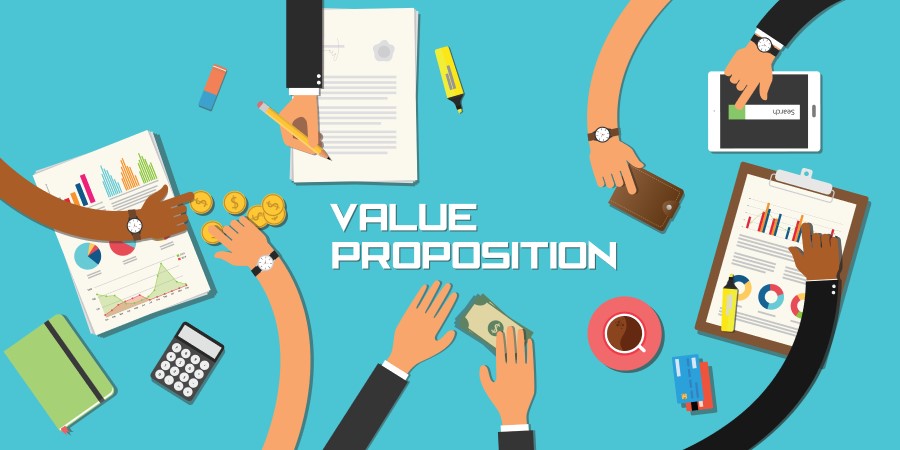Reward Director Masterclass: How to use an employee value proposition as a tool for staff motivation

What is an EVP?
CEB Gartner, the world’s leading information technology research and advisory company, define the EVP as consisting of five distinct ‘pillars’:
- Organisation: Am I engaged by the organisation’s brand and mission?
- Opportunity: Do I feel I can/could (as a prospective employee) develop my career at this company?
- Work: Do I find my work engaging, inspiring and challenging?
- Reward and Benefits: Am I rewarded in a way that incentivises me and do the benefits (monetary or otherwise) meet or exceed my expectations? To what degree is this offering truly personalised to my needs?
- People: Are the people I work with and the leaders of this company supportive, inspirational and empowering?
Another way of thinking about the EVP and the view of McKinsey & Company is a simple trade-off between ‘gives’ and ‘gets’: As an employee, I am willing to invest time, effort, experience and ideas but there must be a commensurate ‘payback’ in terms of tangible rewards, the experience of working in a company, the way its leadership helps employees and the substance of the work.
Why is it important?
The idea that beating your competitors to, and then retaining, top talent is one of the most critical factors behind business success and has been widely accepted since Steven Hankin of McKinsey & Company coined the phrase “War for Talent” in 1997. This remains the case in the modern era: “Failure to attract and retain top talent” was the number-one issue in the Conference Board’s 2016 survey of global CEOs – before economic growth and competitive intensity.
It’s generally accepted that, if you can design and deploy an effective EVP by focussing on the pillars described above, you will be able to attract and retain talent more effectively than your competitors.
The attraction and retention of talent should then, in itself, be motivation enough for HR and business leaders to do everything in their power to cultivate an EVP that is distinctive, targeted and real. The proliferation of sites like Glassdoor, LinkedIn and Job Advisor means employees and alumni have a ‘virtual megaphone’ where, in an instant, they can tell the world what it’s really like to work for a company. So the EVP can’t just be dreamt up. It needs to be real and to be lived and breathed by employees at every level in order to be effective and to ensure your people are motivated.
To really drive the importance of an EVP home, it’s worth looking at more specific metrics which are impacted by whether a company’s EVP is effective. Empirical studies have shown that an attractive EVP can not only reduce the compensation premium required to hire employees; but also reach 50 per cent deeper into the market to appeal to passive candidates. Once in role, employees who have bought into the EVP of their new company demonstrate 29 per cent more commitment and short term attrition can be reduced by 69 per cent, according to CEB Employment Value Proposition Survey; CEB analysis.
This all comes down to employee experience and companies that invest in the employee experience outstrip those that don’t in terms of growth, revenue and profit.
How can companies use the EVP to motivate staff?
So if a company and its leadership team are motivated to cultivate an attractive EVP, how will employees be motivated by that EVP in their day-to-day lives? We think the key themes are alignment and personalisation.
If an employee (or prospective employee) can answer ‘yes’ to those questions around organisation, opportunity, work, reward and benefits, and people I outlined earlier, we think those employees will be motivated to do their best for the company, to go ‘above and beyond’ and to be as creative, productive and effective as possible. But the question of alignment to the overall mission is an important one.
Facebook’s chief operating officer Sheryl Sandberg, says: “You have to repeat your mission, and your purpose, and the values you care about, over and over and over… because it reminds you where you're headed, and why you're going there.”
And finally, in a world where every other facet of our consumer or technology experiences are personalised (think about your experience of Amazon, Spotify, Facebook advertising etc), the personalisation of the employee experience is key. This is not without its challenges: companies need to retain their overarching mission, purpose and values while personalising for the individual.
The key to this challenge is the tailoring of communications. Employers need to consider their employees’ demographics (gender, age, location, salary etc) as well as behavioural traits and the specific interests, circumstances and needs of the individual when communicating anything which contributes to their EVP.
We’re seeing this type of ultra-personalisation for communications around wellbeing initiatives. The research we’ve already conducted found a strong link between certain personality traits (neuroticism and conscientiousness) and a person’s attitude to saving. This means we can tailor the frequency, tone and call-to-action of financial wellbeing communications in a way that will engage the recipient.
We think the future will entail this level of personalisation for communicating what a company’s EVP is in different ways, to different people. By understanding peoples’ personality type and motivators, employers will have a much better chance of using their EVP to differentiate themselves as an employer and motivate their people to drive business performance.
Ben Couriel, business development director at JLT Employee Benefits.
This article was provided by JLT Employee Benefits.
In partnership with






